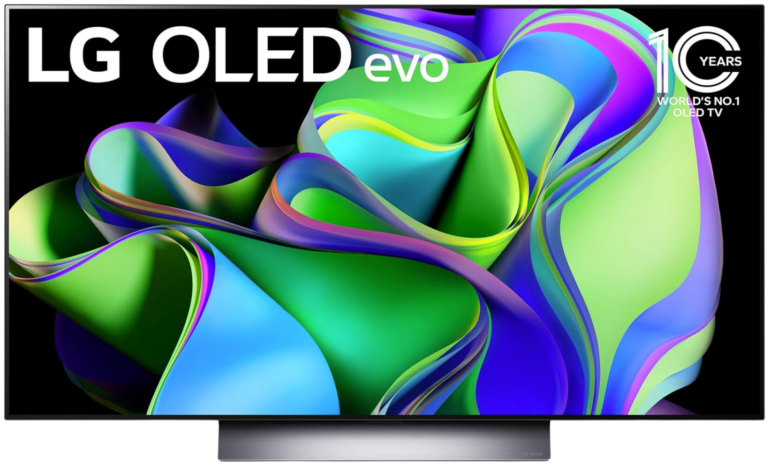LED (Light Emitting Diode)
The abbreviation LED is short for “Light Emitting Diode” and, in relation to displays, forms the basis for various construction methods of backlighting. This is necessary to make the shown content visible on an otherwise not independently luminous liquid crystal display. Nowadays, light-emitting diodes are generally used as illuminants for this purpose.
Position of the LED layer in the housing
The LED layer is placed behind the LCD panel. However, before the light reaches our retina, several layers and filters are passed through. In addition to the liquid crystal layer, there are, for example, polarisation and colour filters. Depending on the design, the background is illuminated either by the sides or directly from behind.
Different types are used, such as edge-lit, direct-lit, FALD or mini-LED technology. Apart from the mere production costs, the essential differences lie in an uniform illumination and precision when dimming individual images or detail areas.
Compared to modern OLED technology, there are several advantages and disadvantages. These include lower contrast values, sometimes visible backlighting due to brightness peaks or poor workmanship, viewing angle limitations and the sometimes greater depth of the casing.
An Additional Advantages and Disadvantages of LED TVs:
| Advantages | Disadvantages |
|---|---|
| High area brightness | Limited contrast |
| Energy efficient | Inconsistent black levels |
| Durable | Picture quality varies per model |
| Affordable options available | Potential backlighting problems |
- Audio
- Codecs
- Companies
- Features
- Ports
- Technical Terms
- Connectivity
- Misc
- Smart-Features
- Video
- Image Errors
- Image Formats
- Image Function
- Ports
- Technical Terms
- 4K
- 4K@120 Hertz
- Aspect ratio
- Backlight
- Banding
- Bit
- Black level
- Brightness
- Calibration
- Candela
- Color resolution
- Color space
- Color space coverage
- Color temperature
- Color volume
- Contrast
- Curved
- Filmmaker
- Flat
- Full HD
- Gamma
- Gamut
- HD Ready
- Home theater
- Image format
- Image synchronization
- Input Lag
- ISF
- Luminance
- Motion Handling
- Native resolution
- Netflix Calibrated
- Pixel
- Pixel density
- QFT
- QHD
- Raytracing
- Rec.2020
- Refresh rate
- Resolution
- Response Time
- Smart-TV
- UHD
- UHD-2
- VR
- White balance
- WQHD
- TV Tech

